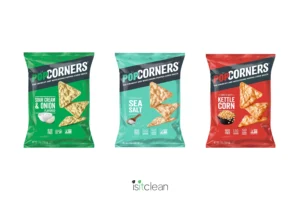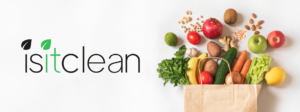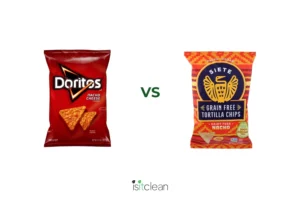
Acesulfame potassium is a zero-calorie sweetener that is added to many sugar-free…



Red 40, also known as Allura Red AC, is a commonly used food dye that imparts a bright red color to various foods and beverages, such as soft drinks, candy, and baked goods. It is a synthetic color additive that is derived from petroleum, and it belongs to a class of dyes known as azo dyes. The production of Red 40 involves the reaction of a mixture of aromatic chemicals, such as benzene, with nitrous acid to form the azo compound, which is then purified and dried to form the final product.

Red 40 is synthetically derived from petroleum, which is not fit for human consumption. While Red 40 is considered safe by regulatory agencies, some animal studies have suggested that it may have potential genotoxic effects on the brain and gastrointestinal tract. Additionally, artificial food dyes including red #40 may exasperate symptoms of hyperactivity in some children.
Health is like a bank account, certain ingredients make a deposit into your health bank, meaning they add to
your health. Certain ingredients withdraw from your health bank. We want health promoting ingredients in our diet. To keep things simple, we rate ingredients on a green, yellow, red scale:

It is naturally occurring in food and has no harmful effects on the body. It is real food. It is health promoting.

It goes into one or more of the below categories

It is known to have a harmful effect on the body (ex. All food colorings, Natural Flavors, MSG, Potassium bromate, aspartame, artificial flavors)



The Food Showdown: Popcorners flavors
Ingredient Rating: Canola oil – is it bad for you?
Clean Consuming: Nourishment for your

We have accomplished so much in just 1 year since our launch in March of 2023! We now have 10,000

The Nacho Chip Food Showdown, is Tapioca Starch safe in food? and a must-see documentary on America’s food system.
Stay in the know with the latest ratings, articles, and our newsletter, The Dirt.